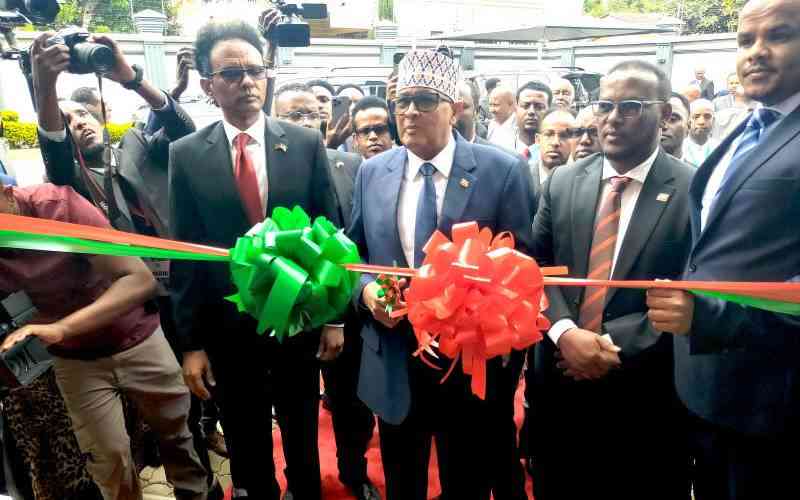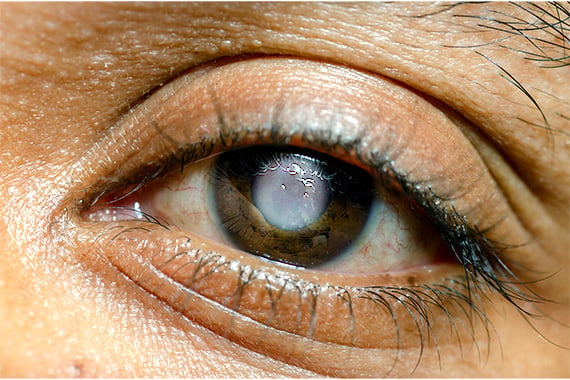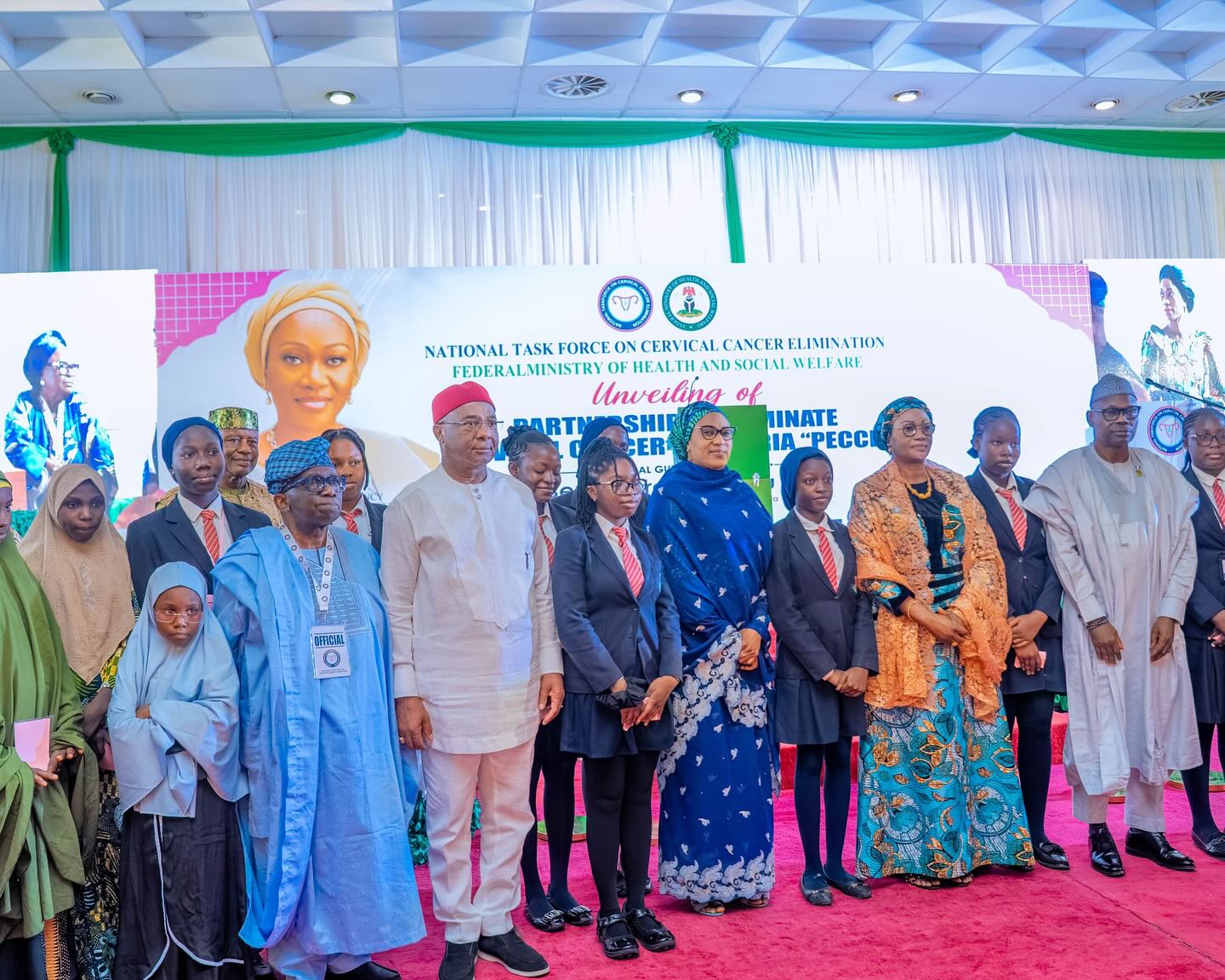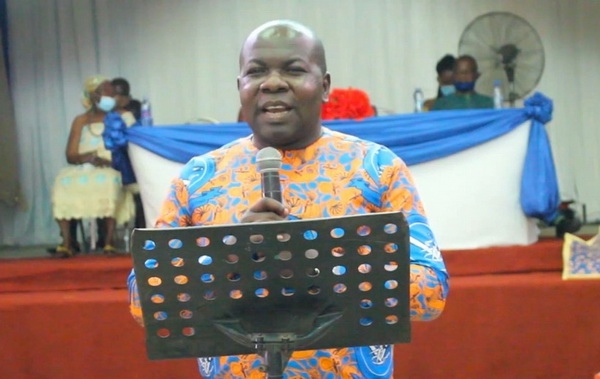The Acolyte: Creator and Cinematographer Interview
The influx of Star Wars TV shows has allowed a generation of fans to put their personal stamp on the universe created.
For , creator of The Acolyte on Disney+, everything started with the visual language Lucas established in 1977. "We absolutely wanted to honor the way he chose to shoot the original Star Wars," Headland tells Gold Derby. "The stuff that really inspired him beyond his love of sci-fi was documentary filmmaking, and racing documentaries. There's a lot of static camera; there isn't a lot of movement-movement," as this was pre-Steadicam. As the showrunner and director of the first two episodes, she hoped to avoid "going in there and trying to make something not feel like Star Wars."
To do this, she enlisted cinematographer , whom she had previously worked with on Russian Doll (for which Teague won an Emmy). Since they both live in Brooklyn, they took a long walk around Prospect Park prior to shooting to discuss the show's visual style, and during that time, Headland "started to download to me everything she had been thinking about," Teague recalls. This included "all of her influences from Star Wars, but also Chinese martial arts films, the way that photography impacted her as a viewer, and how she wanted to bring that energy into the show."
Teague, who served as lead cinematographer on the series, felt they should adopt "what I like to call elegant simplicity: choosing the most direct, straightforward approach on the visual side of things, which does feel very George. Leslye would always say, 'What would George do? What would George think?' And that was our guiding principle." For instance, "if we're going to move the camera, it needs to mean something. It needs to underline some part of the narrative, or it needs to be connected to some aspect of the choreography, or something like that."
One of the things Headland and Teague did to distinguish The Acolyte, which takes place about 100 years before the events of The Phantom Menace, was create a vibrant color palette. Whether inspired by wuxia movies or Powell and Pressburger's Black Narcissus, Headland wanted "that classic high contrast color palette that feels almost unrealistic."
To achieve this, Teague employed "a limited color palette," which meant being wary of having "too many colors in the frame. If there are colors in the frame, they're going to be more in the primary or secondary range: there's oranges and blues or deep greens." At the same time, he wanted "to be straightforward and simple with it. I think that does harken back to the original three Star Wars films, which was a big touchstone for me almost subconsciously, because they're just kind of burned into my brain from seeing them as a kid." Ultimately, Teague was going for "a more pared down, almost handmade aesthetic," just like Lucas.
Even going with a pared down aesthetic, there were still a number of complicated set pieces Headland and Teague had to tackle. Beginning with pre-vis, storyboards, and action choreography, "a lot of stuff was designed in tandem with other designers," Headland explains. Sometimes, "some of the stuff that would look good in the stunt choreography rehearsal wouldn't necessarily translate really well to the set, or honestly, what the scene was supposed to be about," which meant further revisions.
During the rehearsals, Teague recalls, "You'd watch two minutes of super high-speed action, and my head would be spinning a little bit at the end of it, because it's just happening in this empty space." From there, Headland "would dial in a few very specific reactions" to what a character would or would not do. "It was so cool to see how quick she is, and how much everything is related to the character arcs in the scenes." For episodes four and five, which are the most fight-sequence heavy, "The whole goal for us was, let's have everything be there for a reason. Otherwise, we're just going to exhaust the audience, and they're going to start to tune out. So we have to build the tension in a specific way over the course of the episode."
As a cinematographer, Teague felt his main responsibility in these scenes was "trying to understand how we were going to situate this choreography within the sets, and where we could be with the camera, and where I could light from to make the light work the best for this situation." Other times, "we had the option to fully pre-vis with motion capture choreography, and literally put it into a virtual model of the actual set. That was phenomenal for me because you really get to see where things are happening in that space, where the windows are where I can light from, where I can put a camera, where we're going to need a crane because there's nowhere to put a camera. That kind of stuff was just next level for me."
Adding to the complications was the fact that, Headland reveals, "we shot with all practical sets, which the other Star Wars shows don't do. They do some practical sets, and then they utilize green screen." On The Acolyte, "almost every single scene you see is a set." In shooting this way, "it's got to feel real for the characters, but it can't be trying to be too real, because it's not. I don't think Star Wars is Dune. I don't think Star Wars is Game of Thrones. I think Star Wars is Star Wars," which means "a lot of practical sets, a lot of practical puppetry and animatronics."
The challenge for Headland was "how are we going to make this look fun, and compelling, and interesting to look at? It's never going to look real, so you can't light it like a real set. You also can't light it like it's a kids show. You've gotta do Labyrinth. You've gotta do . You've gotta do Princess Bride. You've just gotta reach into your toolbox, which Chris has a huge one, and know the difference between those two things."
Even more daunting was the size of the sets, including the one for the Khofar Forest, which was the "biggest set I've ever lit in my life," Teague states. "You walk in a few months before you're going to shoot there, and it's just a giant empty warehouse. You have to somehow imagine what 40-foot-tall, 12-foot-wide trees are going to look like in this space," and figure out "how to light that" and "make it feel like these characters are on a miles and miles long journey through this place." Yet even with the production's massive scale, "you start to rely on a lot of things you've learned from your indie film days. How do we cheat things? How do we make a space look bigger? How do we reverse and make it look different from how we did before? It's clever camera angles, clever lighting, staging the wide shot differently than the last time. It's all these little things you do that you pull together from all of your experiences as a filmmaker, and you realize in some ways they're not that different, even when you're on a much bigger show."
Action sequences aside, there were still a number of complicated sequences for Teague to shoot, including the entirety of episode four, which "is all about our heroes racing against daylight. That was a big lighting challenge for me, to show the progression of sunset, and how sunset happens at a pivotal moment in the narrative" through complex lighting transitions.
Headland, who earned Emmy nominations in 2019 for writing and producing Russian Doll, feels she "achieved what I wanted to achieve" with The Acolyte. She remembers the coffee she and Teague had before taking that long walk in Prospect Park, when the two agreed, "we gotta shoot our shot. We're probably never going to come back here if we're honest with ourselves. How many people get to make a Star Wars show? So we put everything in there, and I think that it shows. I think if you're going to inhabit the house that George built, you've just gotta be grateful that you were invited to dinner and not think about the next time that you're going to be there."










